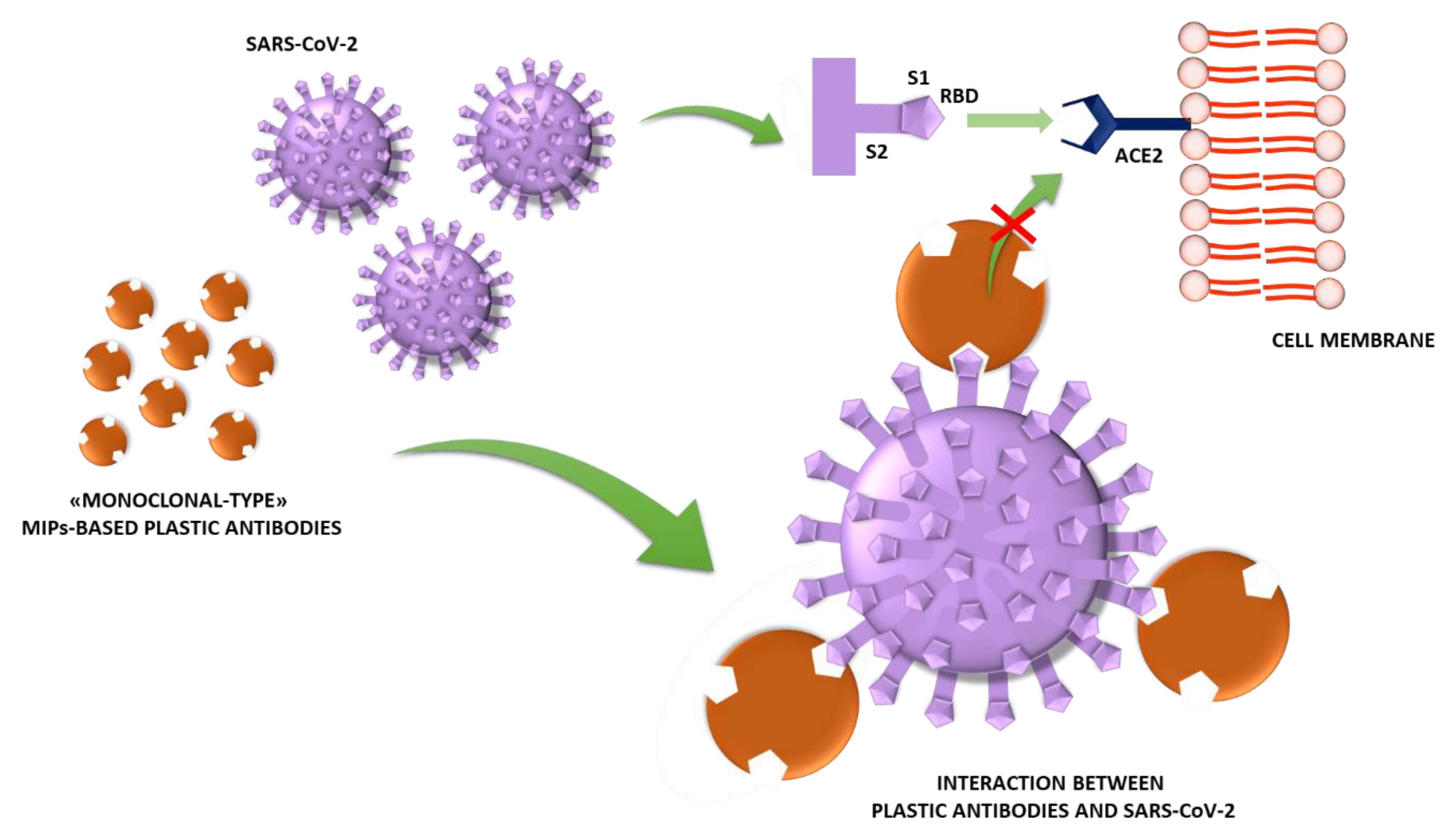Monoclonal antibodies have been used for testing kits and medical therapies across a wide range of applications. The production of monoclonal antibodies is well understood, scalable, and standardized because it is a good general example of a modern bioprocess.
It is this aspect that will be the focus of this brief review. To know more about monoclonal antibodies, you can navigate https://www.bosterbio.com/featured-products.
Specific methods for making hybridomas were developed in the 1970s and refined and expanded over the decades. The steps from clone formation to the final product follow a standard route for protein products derived from modified mammalian cell lines.

Image Source: Google
The main steps for making monoclonal antibodies include:
• Making and selecting hybridoma branches for main seeds
• Preparation of seed carts in T-bottles, shake flasks, or roller bottles
• Switch to a rock bioreactor (optional bag) to increase seed yield
• Production up to 20,000 l
• Downstream processing and storage
Production scale
This can be thousands of liters and is a significant investment in time, resources, and costs. The high value of the product justifies the cost, but any increase in process efficiency will have a big impact on reducing costs.
The increased time is usually 3 to 5 months from start to finish, depending on the clone results and the number of antibodies required. This includes the production of suitable clones of the purified antigen, cultivation in a flask and bioreactor, followed by post-treatment.
The production of monoclonal antibodies using hybridoma cells predates the commercial use of recombinant DNA technology to produce human insulin. Therefore, it is an excellent example of a modern bioprocess involving skills in many disciplines.
